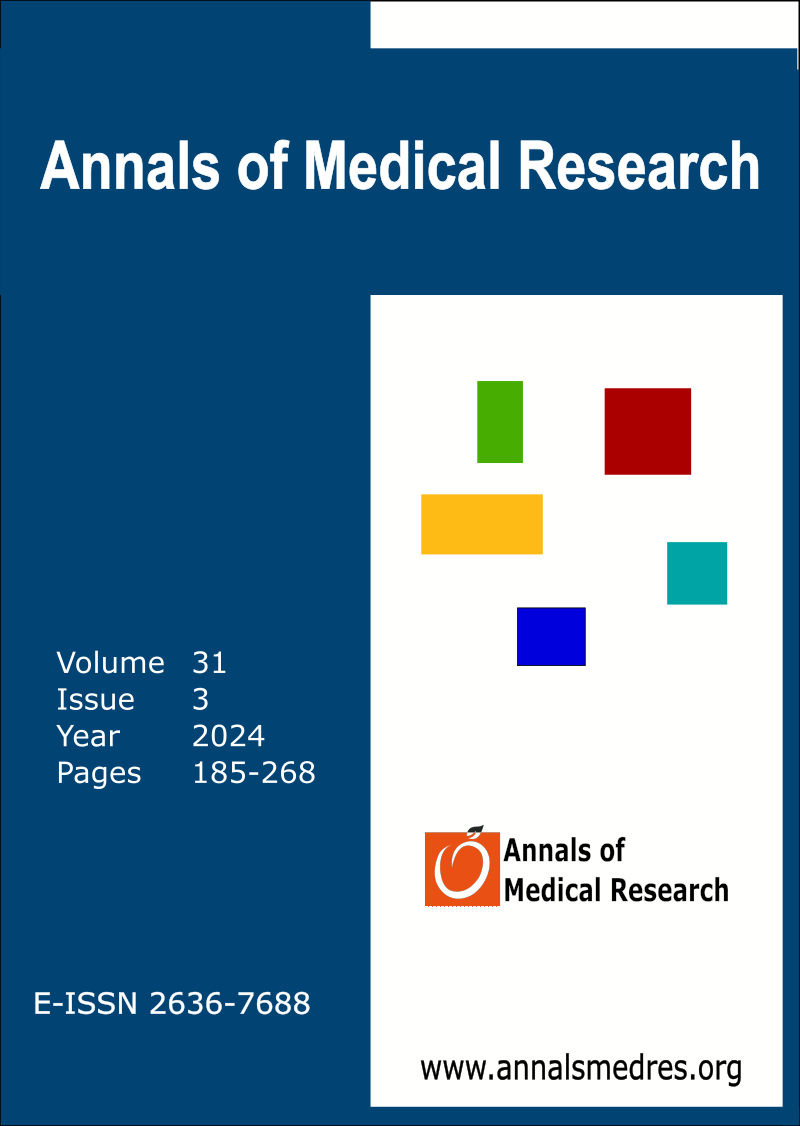The inhibitory effects of taxifolin, namely dihydroquercetin as a pharmaceutical agent on the growth of bacterial and fungal species
Keywords:
Taxifolin, Dihydroquercetin, Antibacterial activity, Antifungal activity, Pharmaceutical agent, AntimicrobialsAbstract
Aim: Taxifolin (dihydroquercetin) is a natural bioactive flavonoid with antifungal, antiviral, antibacterial, antioxidant, and anti-inflammatory properties, and is a valuable compound in the medical, pharmaceutical, and food industries. This study aims to determine the Minimum Inhibitory Concentration (MIC) of pure taxifolin (99.25%) against pathogenic and opportunistic microorganisms.
Materials and Methods: The antibacterial and antifungal activities of taxifolin against two Gram-positive (E. aerogenes, S. aureus), three Gram-negative (P. aeruginosa, K. pneumonia and E. coli), and four yeast strains (C. krusei, C. glabrata, C. tropicalis and C. albicans) was determined using agar and broth microdilution methods.
Results: The MIC value for tested Gram-positive bacteria is 1 mg/mL, which is 2 mg/ml for Gram-negative bacteria. At the same time, the MIC value was 8 mg/mL for all Candida species tested except C. glabrata (MIC: 4 mg/mL).
Conclusion: In conclusion, it was determined that the antibacterial property of taxifolin was more pronounced than its antifungal properties. Taxifolin is a natural compound with high medical and pharmacological value. This study proved the effectiveness of pure taxifolin as a pharmacotherapeutic agent on pathogenic and opportunistic microorganisms. The preliminary data collected in this study should be further supported, and in vivo and bioavailability studies should be detailed in future studies.
Downloads
Published
Issue
Section
License
Copyright (c) 2024 The author(s)

This work is licensed under a Creative Commons Attribution-NonCommercial-NoDerivatives 4.0 International License.
CC Attribution-NonCommercial-NoDerivatives 4.0






